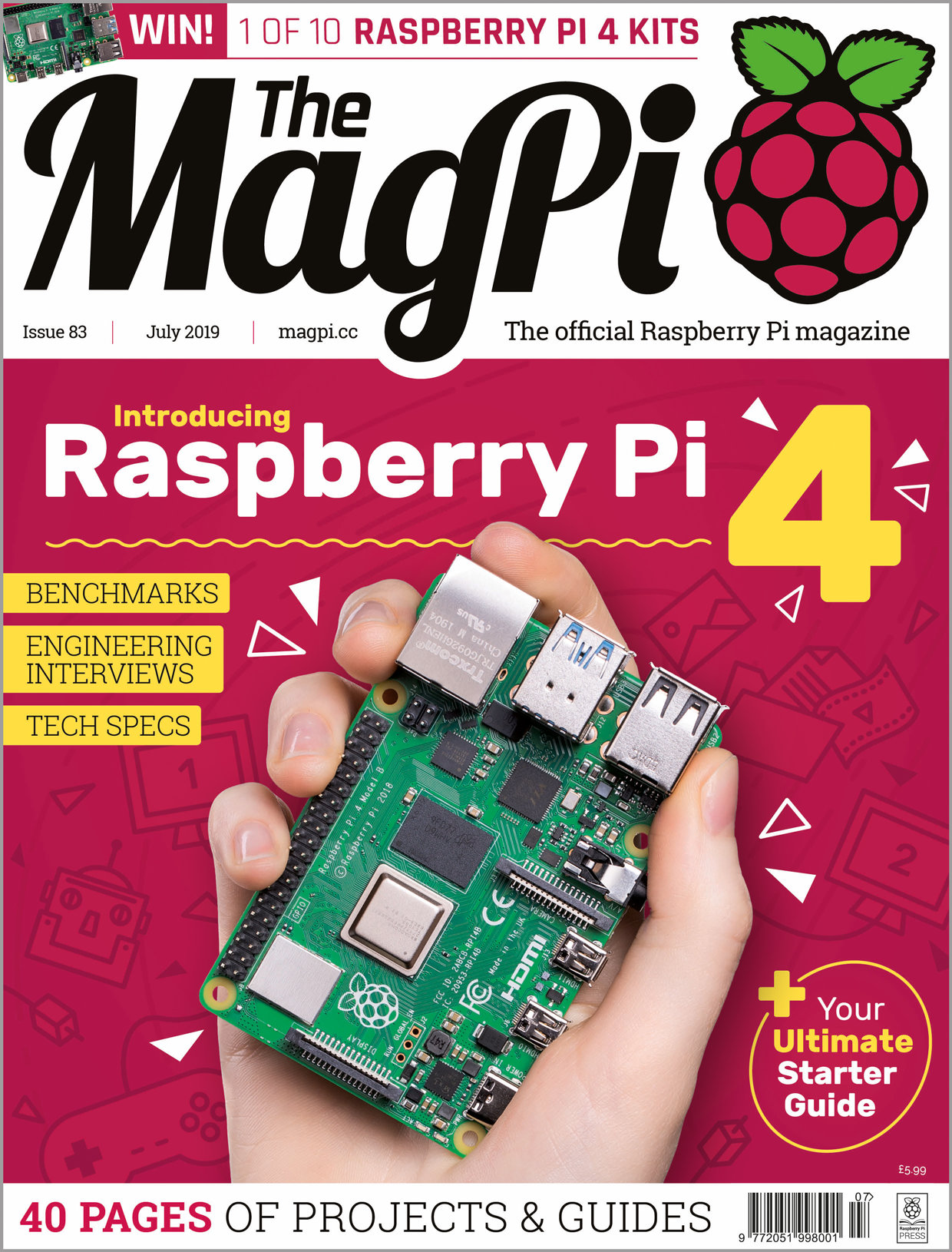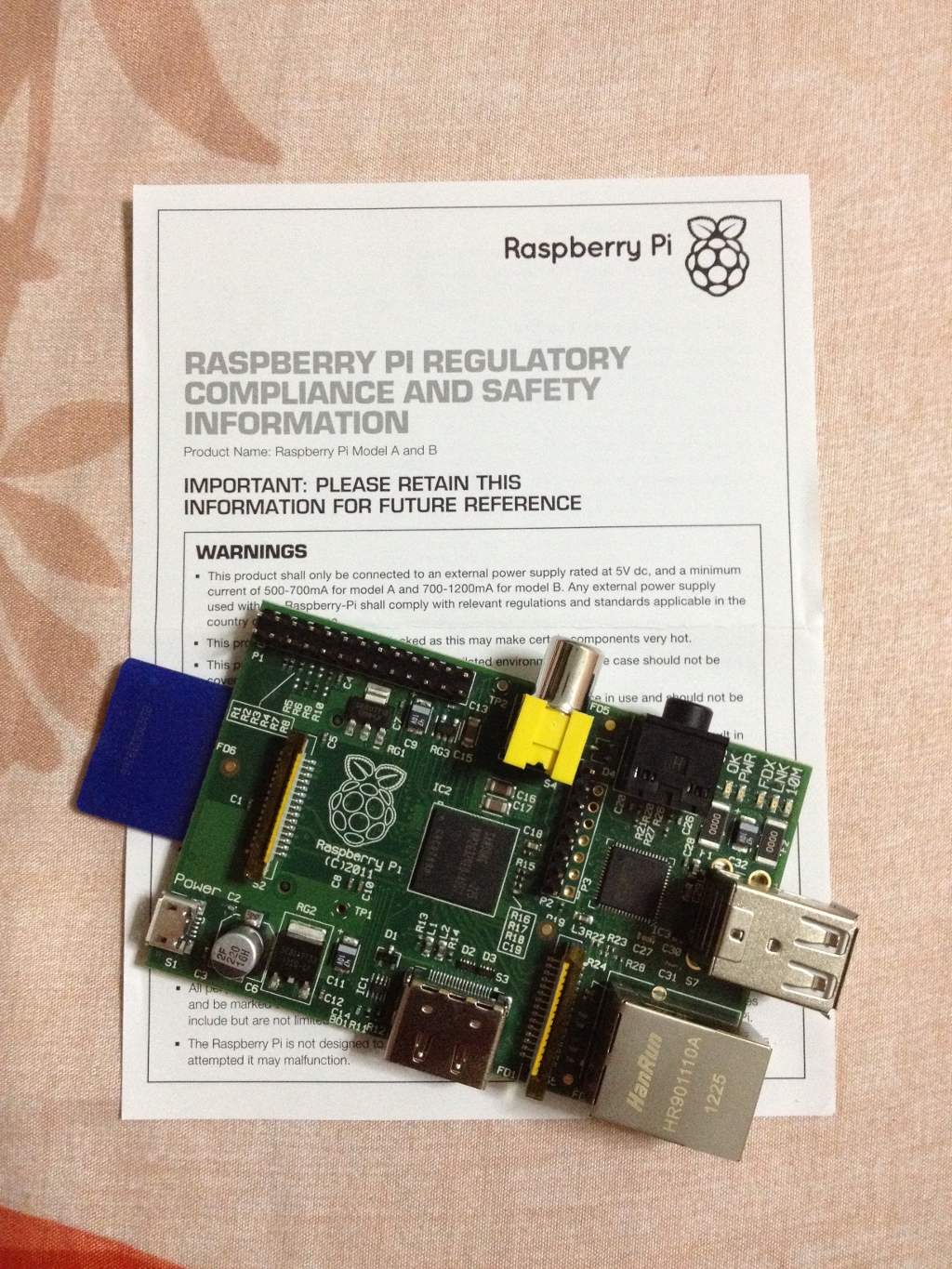How can you effectively manage a fleet of 100-200 Raspberry Pi devices? A centralized management system is crucial for maintaining efficiency and control over such a large number of devices. Leveraging robust tools designed specifically for this purpose ensures seamless operations. In today's interconnected world, managing IoT devices like the Raspberry Pi requires not only technical expertise but also strategic planning to optimize resources and performance.
When considering options for managing a substantial number of Raspberry Pi units, sticking with CentOS could be advantageous. This choice aligns well with centralized management tools geared towards RHEL systems, providing stability and reliability. Additionally, addressing challenges such as accessing a Raspberry Pi behind a NAT involves exploring tunneling applications or utilizing services like RemoteIt. These solutions facilitate remote connectivity without compromising security or functionality. Furthermore, adopting an energy-aware approach in designing self-adaptive AI-based applications running on Raspberry Pi enhances overall efficiency and sustainability.
| Full Name | John Doe |
|---|---|
| Date of Birth | January 1, 1980 |
| Place of Birth | New York City, USA |
| Education | Bachelor’s Degree in Computer Science from MIT |
| Professional Experience | 15+ years in IT infrastructure management |
| Specialization | Raspberry Pi fleet management and IoT solutions |
| Notable Projects | Developed scalable remote IoT systems using free tools |
| References | RemoteIt Official Website |
Monitoring CPU temperature and status of Raspberry Pi devices plays a pivotal role in ensuring their longevity and optimal performance. Tools like RemoteIoT offer valuable insights into CPU, memory, and disk utilization, enabling companies to monitor IoT system performance effectively. With the increasing reliance on IoT devices across various industries, understanding how to harness these capabilities becomes essential. By integrating software that supports dynamic USB port configurations, users can enhance the adaptability of their Raspberry Pi setups.
For those venturing into Raspberry Pi remote IoT solutions, selecting the right tools is paramount. Free options provide an excellent starting point, allowing enthusiasts and professionals alike to experiment without financial constraints. Exploring top remote IoT solutions tailored for Raspberry Pi involves evaluating different software options that cater to specific needs. Whether it's setting up basic monitoring systems or deploying advanced AI-driven applications, choosing the appropriate tools streamlines the process significantly.
In scenarios where connecting to a Debian instance on AWS presents challenges, employing familiar programs such as RemoteIt can simplify the transition from Raspberry Pi prototypes to more professional platforms. AWS Lightsail offers a versatile environment for hosting virtual machines, making it ideal for scaling projects initially tested on smaller devices. By installing necessary applications and configuring settings appropriately, users can achieve seamless integration between cloud-based services and local hardware.
When searching for a suitable platform to manage Raspberry Pi devices, simplicity often prevails. An application capable of adding new devices by inputting IP addresses and SSH passwords, alongside features like pinging, rebooting, and shutting down units remotely, proves invaluable. Such functionalities streamline administrative tasks while maintaining control over each device within the network. As technology continues to evolve, staying informed about emerging trends and tools empowers users to make informed decisions regarding their IoT implementations.
The realm of Raspberry Pi management extends beyond mere operational oversight; it encompasses strategic planning and resource optimization. Utilizing energy-efficient approaches in designing self-adaptive AI-based applications contributes to reducing environmental impact while enhancing computational capabilities. Moreover, leveraging centralized management tools aligned with industry standards ensures consistent performance across all managed devices. In conclusion, mastering the art of Raspberry Pi fleet management equips individuals and organizations with the skills necessary to thrive in an increasingly connected digital landscape.




